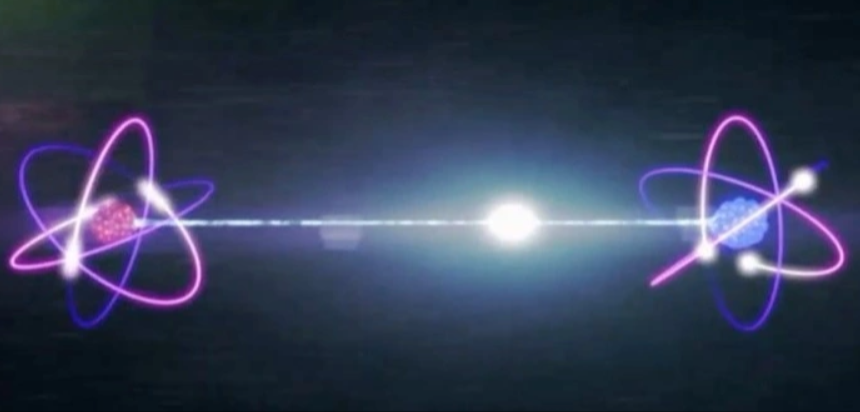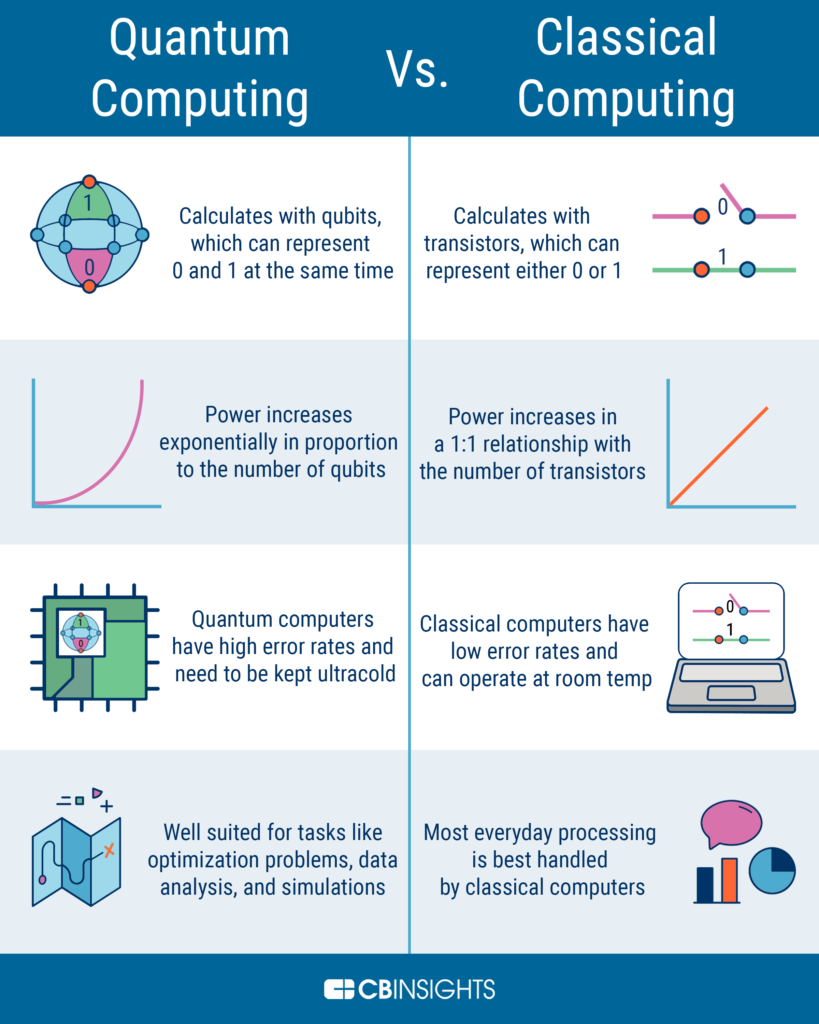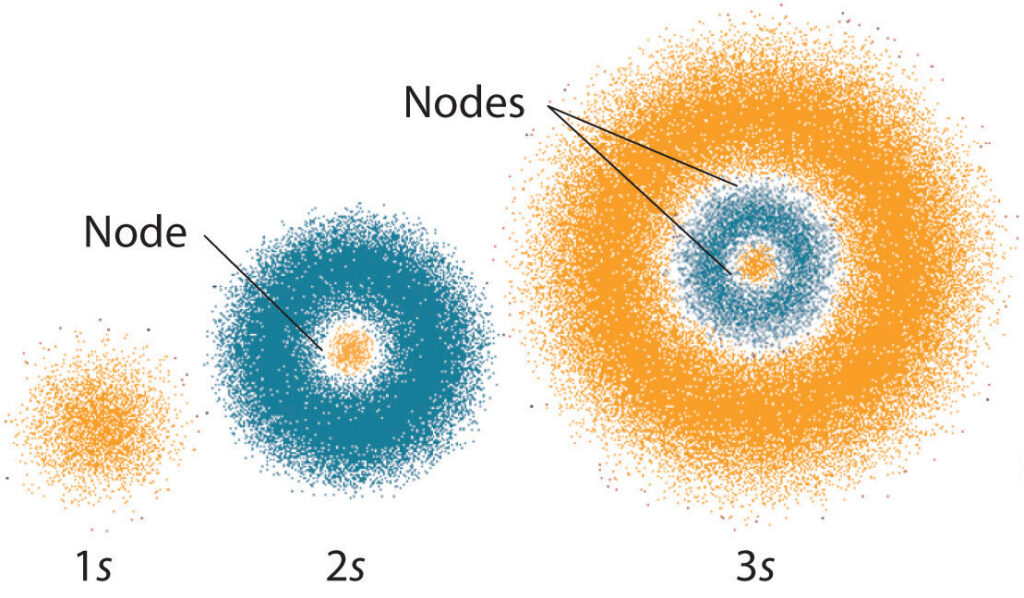Quantum entanglement is one of the most intriguing phenomena in the field of quantum physics. It is the mysterious connection between two particles that can exist even when they are separated by vast distances. Scientists have been studying this phenomenon for decades, and as our understanding of quantum mechanics grows, we are starting to explore the practical applications of entanglement. One of the most exciting possibilities is the use of quantum entanglement for communication.
Imagine a world where you can communicate with someone instantly, no matter where they are in the universe. This may sound like something out of science fiction, but it could actually be possible with quantum entanglement. The idea is that if two particles are entangled, any change to one of them will instantaneously affect the other, no matter how far apart they are. This means that if we could entangle particles and use them to encode information, we could communicate with someone on the other side of the world in an instant. But is this really possible? And if so, what are the implications for the future of communication?
Yes, quantum entanglement can be used for communication. Quantum entanglement is a phenomenon in which two particles that were connected in some way at a particular moment become intertwined. This means that any change in one particle will immediately affect the other, regardless of the distance between them. This phenomenon has been used to develop secure communication systems that are impossible to intercept.

What is Quantum Entanglement?
Quantum entanglement is a quantum mechanical phenomenon in which two particles interact in ways that the quantum state of either particle cannot be described independently of the other. In other words, the quantum state of the two particles is intertwined and connected, even if they are physically separated. This phenomenon has been studied since the 1920s, and its applications are still being explored in the fields of quantum computing, cryptography and communication.
Quantum entanglement is a highly controversial and counterintuitive phenomenon that has been studied extensively in recent years. The idea that particles can be connected across vast distances, and that their states can be affected by each other even when they are physically separated, has been met with both fascination and scepticism.
Could Quantum Entanglement be Used for Communication?
Theoretical Possibilities
Theoretically, it is possible to use quantum entanglement for communication, as the entangled particles can be used to transmit information. This is done by encoding information on one of the particles, and then sending it to the other particle. Theoretically, this could enable information to be transferred instantaneously, regardless of the distance between the particles.
However, this type of communication has yet to be demonstrated in practice. In order for quantum entanglement to be used for communication, a number of challenges need to be overcome. These include ensuring the particles remain entangled over long distances, reliably decoding the information encoded on the particles, and ensuring the information is not intercepted or distorted by a third party.
Experimental Progress
Despite the theoretical promise of quantum entanglement for communication, there has been limited progress in demonstrating it in practice. One of the key challenges is ensuring the particles remain entangled over long distances. In 2012, scientists at the University of Science and Technology of China were able to successfully transmit entangled particles over a distance of 97km.
In 2017, a team of researchers from the Australian National University were able to successfully transmit entangled particles over a distance of 143km. This was the longest distance over which entangled particles had been successfully transmitted, and was a major breakthrough in the field.
Future Prospects
Despite the progress made in recent years, there is still a long way to go before quantum entanglement can be used for communication in practice. The challenges of ensuring the particles remain entangled over long distances, reliably decoding the information encoded on the particles, and ensuring the information is not intercepted or distorted by a third party, remain significant obstacles.
However, the progress made in recent years has been encouraging, and there is hope that quantum entanglement could eventually be used for communication. If successful, it could revolutionize the way we communicate, enabling us to transfer information instantaneously, regardless of distance.
Frequently Asked Questions About Quantum Entanglement
Quantum entanglement is a phenomenon in which two particles become linked, such that the measurement of one particle affects the measurement of the other. This phenomenon has been studied extensively and has applications in quantum computing and cryptography.
Could quantum entanglement be used for communication?
Theoretically, yes. It has been proposed that quantum entanglement could be used to transmit information faster than the speed of light. In theory, this would allow for instantaneous communication between two points in space. However, the practical applications of this technology remain unclear.
At this time, the technology to achieve such communication is still in its infancy. Scientists are still working to understand the nature of quantum entanglement and how it could be used for communication. Additionally, there are still many technical challenges that must be overcome before quantum entanglement could be used for communication. For now, the practical applications of quantum entanglement for communication remain out of reach.

In conclusion, the concept of quantum entanglement offers a fascinating possibility for the future of communication. While there are currently many challenges and limitations to utilizing entangled particles for communication purposes, the potential benefits are too significant to ignore. The ability to transmit information instantaneously and securely could revolutionize the way we communicate and transmit data, from banking transactions to military communications.
However, more research and development are needed to harness the power of quantum entanglement for practical use. Scientists and researchers are continuously working to overcome the challenges and limitations of this cutting-edge technology, and it’s possible that quantum communication may become a reality in the not-too-distant future. Ultimately, the potential applications of quantum entanglement are vast, and it’s exciting to think about the possibilities that could be unlocked as we continue to explore this fascinating field.



